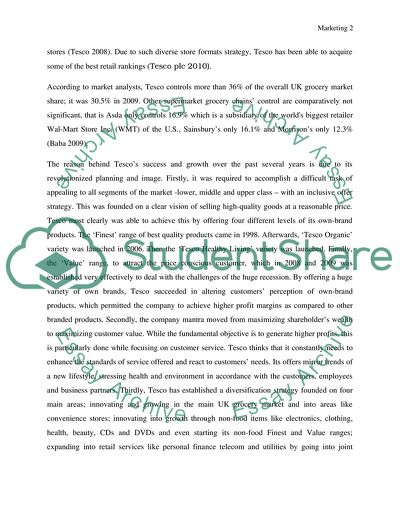Cite this document
(Problems Faced by Tesco Assignment Example | Topics and Well Written Essays - 3500 words - 1, n.d.)
Problems Faced by Tesco Assignment Example | Topics and Well Written Essays - 3500 words - 1. Retrieved from https://studentshare.org/marketing/1744552-marketing
Problems Faced by Tesco Assignment Example | Topics and Well Written Essays - 3500 words - 1. Retrieved from https://studentshare.org/marketing/1744552-marketing
(Problems Faced by Tesco Assignment Example | Topics and Well Written Essays - 3500 Words - 1)
Problems Faced by Tesco Assignment Example | Topics and Well Written Essays - 3500 Words - 1. https://studentshare.org/marketing/1744552-marketing.
Problems Faced by Tesco Assignment Example | Topics and Well Written Essays - 3500 Words - 1. https://studentshare.org/marketing/1744552-marketing.
“Problems Faced by Tesco Assignment Example | Topics and Well Written Essays - 3500 Words - 1”, n.d. https://studentshare.org/marketing/1744552-marketing.


